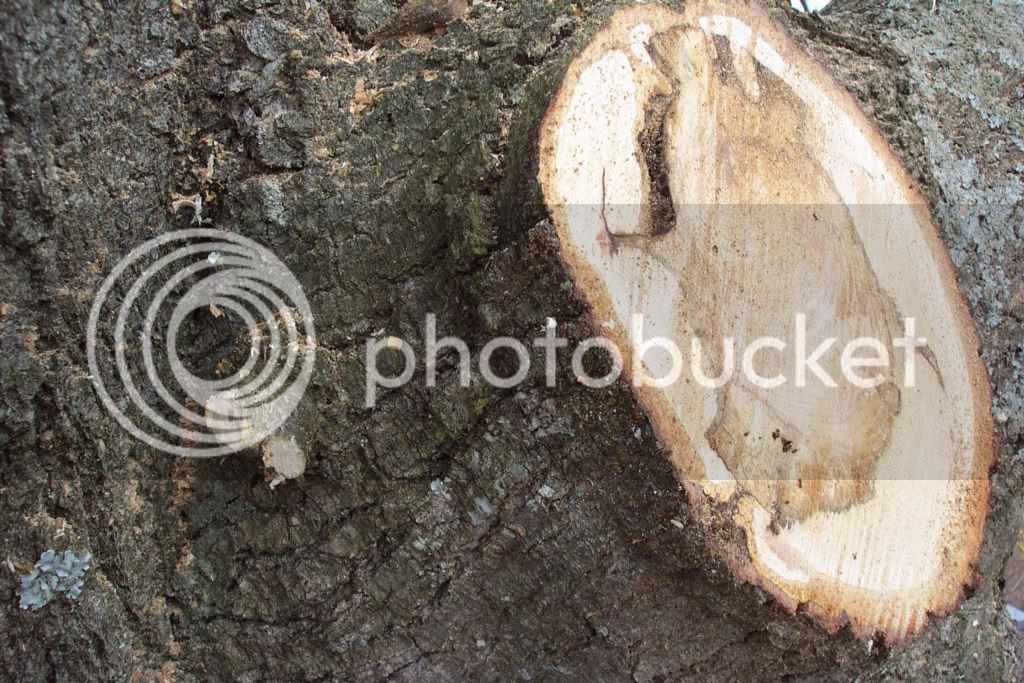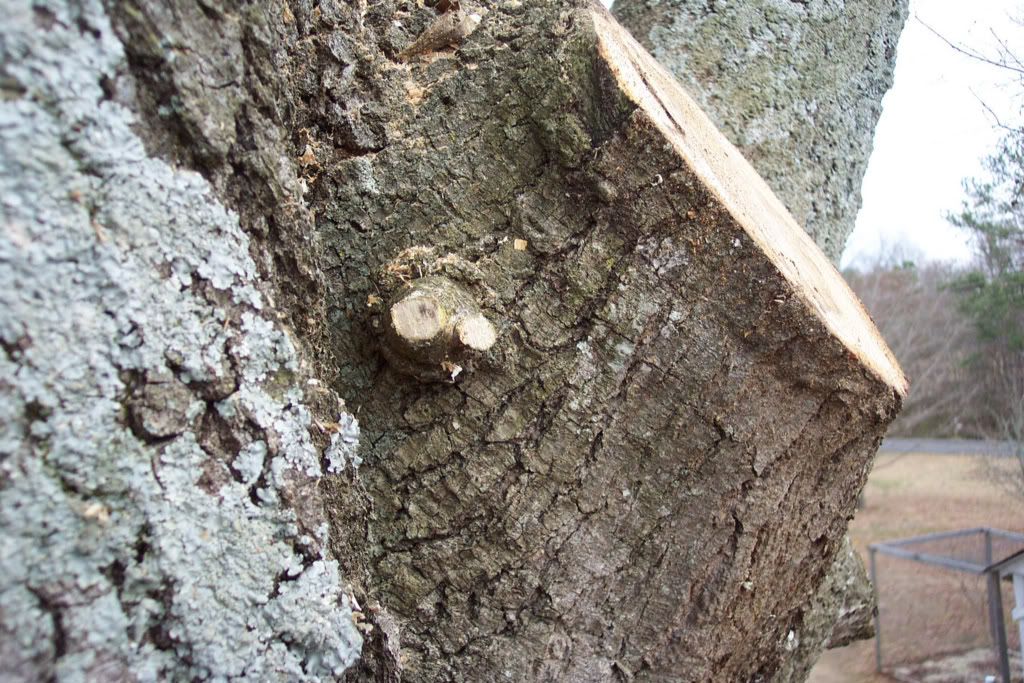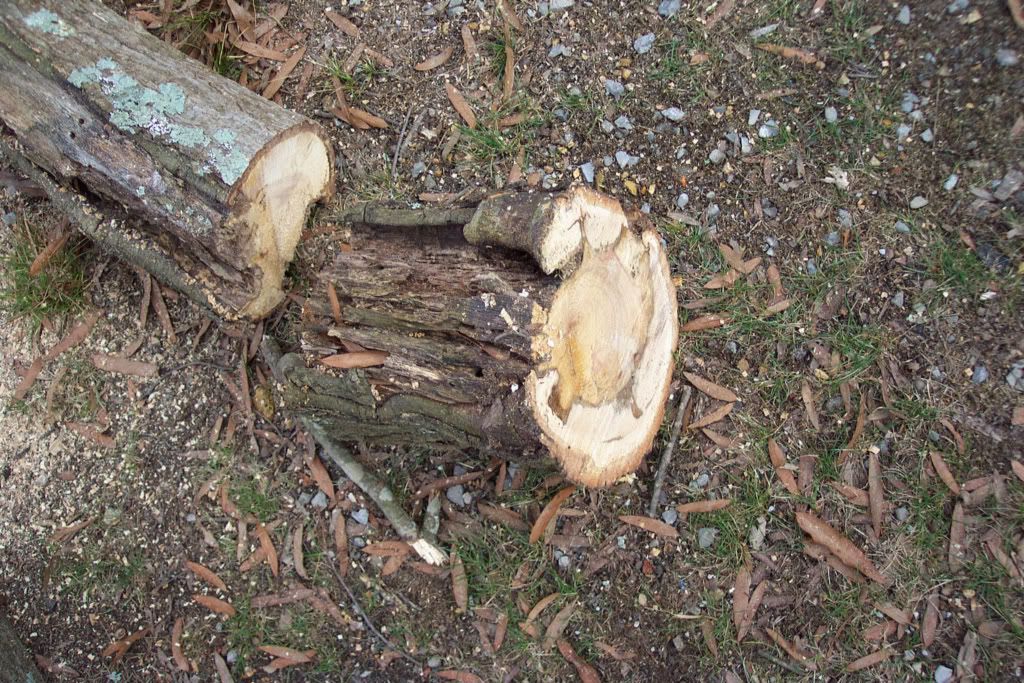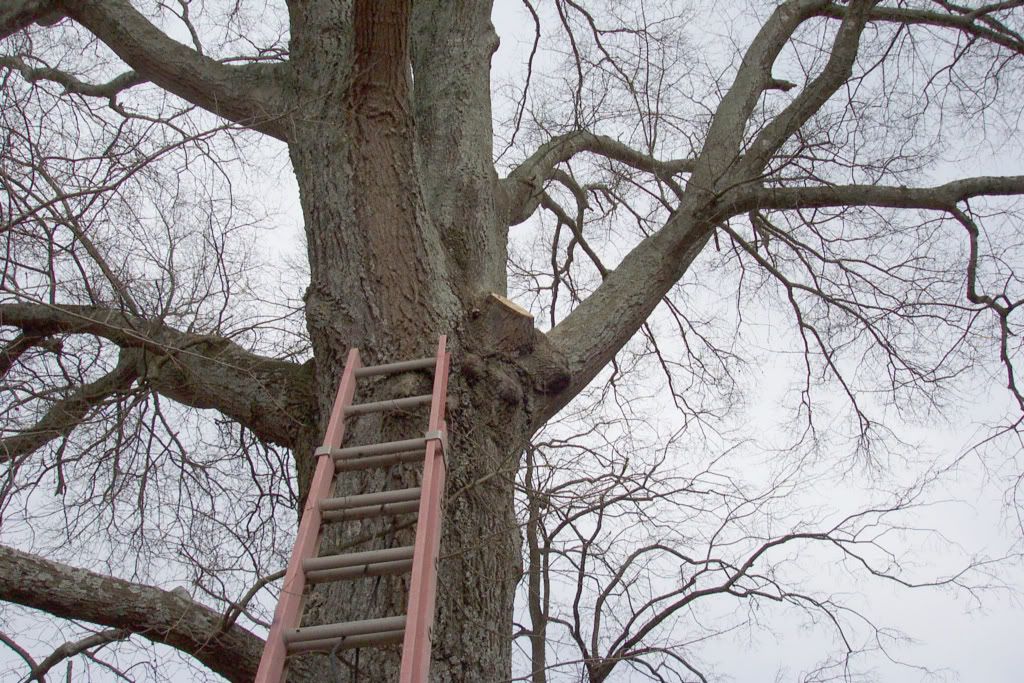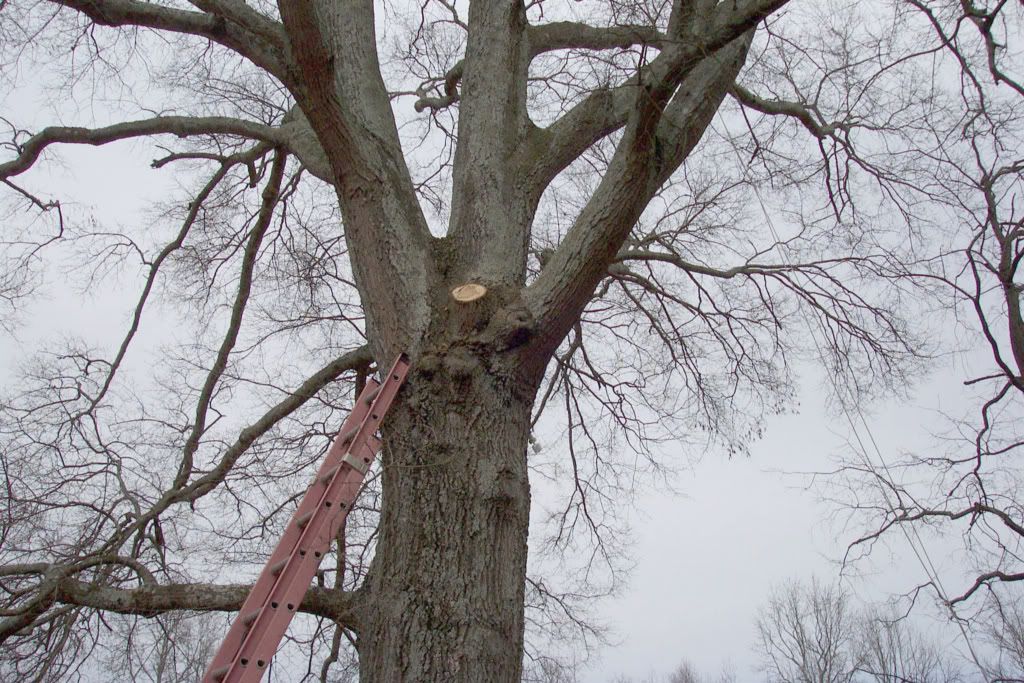caulk would shut off air movement and increase decay imo. water oaks are not good at walling off rot; that one seems to be doing an average job; leave it.
very nice job on the pics btw--you should give us all lesssons!

Thanks! Not too bad for a 6yr old 3.1 mp camera.

I'm in the dark on this paint or no-paint tree wounds. A long time ago it was standard practice to paint, but now its a bad thing, but for roots its still a good thing. Yet I have an old Southern Red Oak with a hole in the side of it big enough for a cat to curl up in that I know was caused a long time ago by a farmer scraping the side of the tree and knocking bark off. Had that farmer smeared silicone on the exposed wood, I don't see how that hole would be this big today.
The atv trails I've made in the woods have similar damage by the tires rubbing the bark off. The trees continue to grow, but the wood where the bark was removed begins to rot. As a matter of fact, anytime any wood is left out in the weather, it rots. I guess that's why we paint houses and caulk windows. Furniture lasts for centuries and becomes valuable antiques with a few good coats of shellac or whatever they use. Yet, for some reason, modern arborists say leave the wood alone and don't coat it with anything. I'm confused.

Isn't the wood inside a tree effectively dead? Just like lumber? The only living part of the tree is the part right below the bark, right? So, how is coating dead wood considered harmful? It would seem to me the worst that would happen is the dead wood would rot despite the coating, and not that the coating would accelerate the rot.
All I'm really wanting to do is fill the hole in so its not a "bowl" to hold water. I left it as-is for now and took the ladder down, but I can put it right back up if the consensus is to plug the hole or take any further action.
